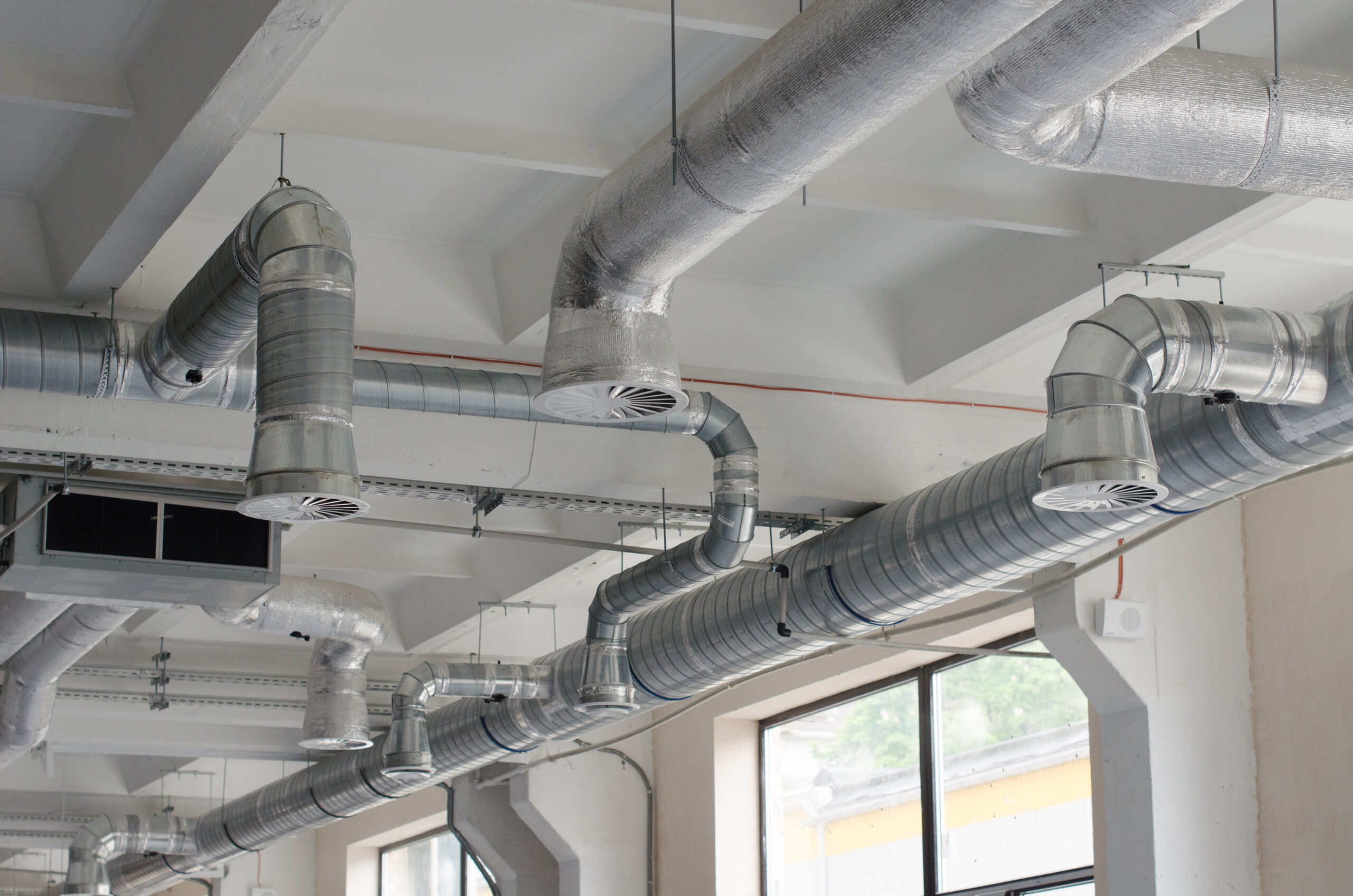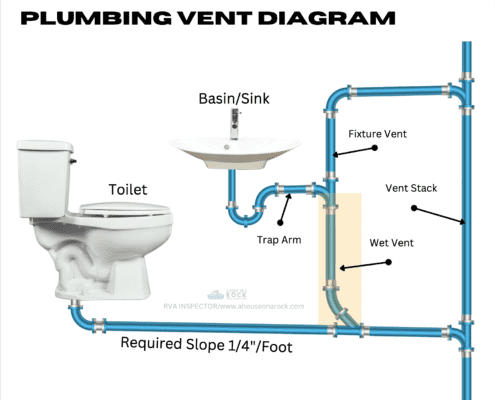Essential Reasons for Correct Ventilation in Plumbing Systems
Essential Reasons for Correct Ventilation in Plumbing Systems
Blog Article
What're your insights and beliefs on Essential Plumbing Vent Pipes: Understanding Their Role?

Correct air flow in plumbing systems is typically neglected, yet it is critical for preserving the functionality and safety of your home's pipes. Air flow helps control atmospheric pressure, prevent the accumulation of harmful gases, and guarantee the reliable elimination of waste. In this overview, we will certainly check out the value of proper plumbing air flow, just how it functions, and the advantages it offers your pipes system.
Recognizing Air Flow in Pipes
Air flow in pipes describes the network of pipelines that permit air to stream through the drain system. These vents offer multiple functions, consisting of controling atmospheric pressure within the pipelines, preventing sewer gases from going into the home, and helping in the smooth flow of wastewater.
How Air Flow Functions in Pipes Solutions
Atmospheric Pressure Policy
Appropriate ventilation maintains well balanced atmospheric pressure within the plumbing system. When water flows through pipes, it displaces air. Without ample air flow, this variation can produce unfavorable pressure, leading to reduce drains or siphoning of water from catches, which can create unpleasant odors to seep into the home.
Preventing Sewage System Gas Accumulation
Among the most critical features of plumbing vents is to avoid sewage system gases, such as methane and hydrogen sulfide, from gathering within the home. These gases can posture major wellness dangers and are highly flammable. Vent pipes enable these gases to run away securely outdoors.
Aiding in Waste Removal
Ventilation helps in the reliable elimination of wastewater by protecting against airlocks in the drainage system. When air can flow freely through the vents, it allows water and waste to move efficiently with the pipes, minimizing the threat of obstructions and back-ups.
Sorts Of Plumbing Vents
Key Stack Vent
The major stack vent, likewise referred to as the vent stack, is the key air vent in a pipes system. It prolongs from the primary drainpipe align with the roofing system, enabling gases to get away and fresh air to go into the system.
Branch Vent
Branch vents attach to the primary stack vent and serve specific fixtures, such as sinks, bathrooms, and showers. These vents guarantee that each component has ample ventilation to function properly.
Air Admission Shutoff (AAV).
An Air Admission Shutoff (AAV) is a one-way shutoff that permits air to get in the pipes system without the demand for a traditional air vent pipeline expanding with the roofing. AAVs are generally utilized in improvements or locations where setting up a conventional vent is impractical.
Indicators of Poor Air Flow in Plumbing.
Slow Draining Fixtures.
If your sinks, bathtubs, or bathrooms are draining gradually, maybe a sign of poor ventilation. Poor air flow can create a vacuum cleaner result, making it tough for water to drain pipes effectively.
Gurgling Sounds.
Gurgling audios originating from drains are commonly a result of air being sucked via water traps due to adverse pressure in the pipelines. This is a clear sign of inadequate air flow.
Unpleasant Odors.
Drain odors inside your home are a warning that your plumbing system is not correctly aerated. This could indicate that sewer gases are not being appropriately vented outside, causing possibly hazardous conditions.
Typical Air Flow Mistakes.
Inadequate Vent Sizing.
Using small air vent pipes can lead to inadequate air circulation and pressure inequalities in the system. It's essential to make use of vents that fulfill the details demands of your plumbing system.
Improper Vent Placement.
Putting vents as well far from the components they serve can reduce their performance. Appropriate placement makes certain that air can stream openly and effectively via the system.
Ignoring Code Needs.
Building regulations provide certain standards for plumbing ventilation. Disregarding these codes can cause a system that stops working to function appropriately and may bring about expensive repair work or carcinogen.
Advantages of Correct Ventilation.
Improved System Effectiveness.
Appropriately aerated pipes systems run more efficiently, with fewer clogs, faster draining, and less strain on the pipes. This performance expands the lifespan of the plumbing system.
Improved Air High Quality.
By protecting against drain gases from entering your home, correct ventilation contributes to far better interior air quality, making your living environment healthier and much more comfortable.
Stopping Water Damage.
Appropriate air flow assists avoid water from being siphoned out of catches, which can lead to sewer gases entering the home and creating water damages gradually.
Steps to Guarantee Proper Ventilation.
Consulting Plumbing Codes.
Constantly seek advice from local plumbing codes when making or customizing your pipes system. These codes offer the essential guidelines for appropriate airing vent and ensure your system satisfies safety and security standards.
Routine Inspection and Maintenance.
Routine examinations can help determine possible air flow issues prior to they become major problems. Upkeep jobs, such as cleaning air vent pipelines and looking for clogs, are important for keeping the system in good working order.
Specialist Installment.
For new setups or major alterations, it's important to work with an expert plumber. They have the competence to make sure the ventilation system is properly designed and installed according to code.
Verdict.
Appropriate ventilation is a crucial component of any kind of plumbing system, ensuring that it operates successfully and safely. By understanding the importance of air flow, recognizing the indicators of poor air flow, and taking steps to keep your system, you can avoid pricey issues and secure your home's air quality.
What is a Plumbing Vent and it's used for?All plumbing systems in residential and commercials construction have a plumbing vent. It doesn’t just vent unwanted odors from the drainage system to the outside; it actually serves an important purpose by supplying air to the system.
The plumbing drainage system is actually called a drainage, waste and vent (DWV) system. When water flows down the piping, an air supply (vent) is needed to allow the water to flow. Think of the vertical pipe as a drinking straw. If you plug the top end of a straw, liquid won’t drain from it.
The DWV system in your building consists of a series of pipes connected to each fixture; they extend above each fixture, and the system terminates at an open pipe that extends through the roof. This piping allows air into the system and prevents unbalanced pressures in the piping.
?The vent also prevents the system from drawing water out of a trap at the fixture with the characteristic “glug-glug-glug” as the drain gasps for air. Plumbing traps should drain smoothly and never “glug” or gasp for air.
If you have a drain that empties slowly or gurgles as it drains, this may indicate a venting problem. If you flush a toilet and the sink gurgles, there’s definitely a vent problem. It is good idea to have a Plumber check this.
https://www.ameliashomeinspection.com/blog/what-is-a-plumbing-vent-and-its-used-for

I discovered that article about The Upsides of Proper Ventilation in Plumbing Design while doing a search on the internet. Are you aware of someone else who is in the market for Why Plumbing Air Vents Are Important? Take a moment to share it. Thank you so much for taking the time to read it.
Click Here Report this page